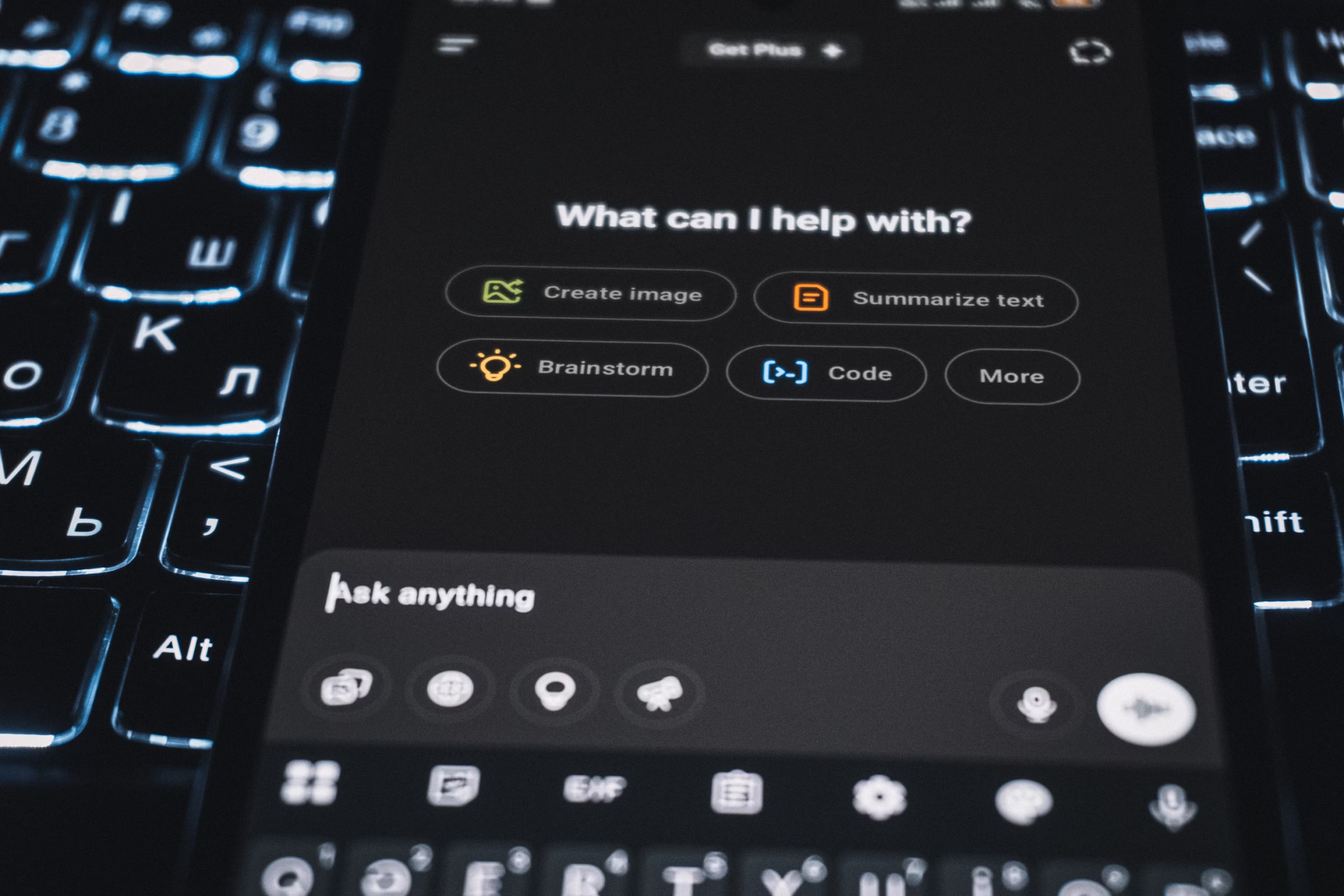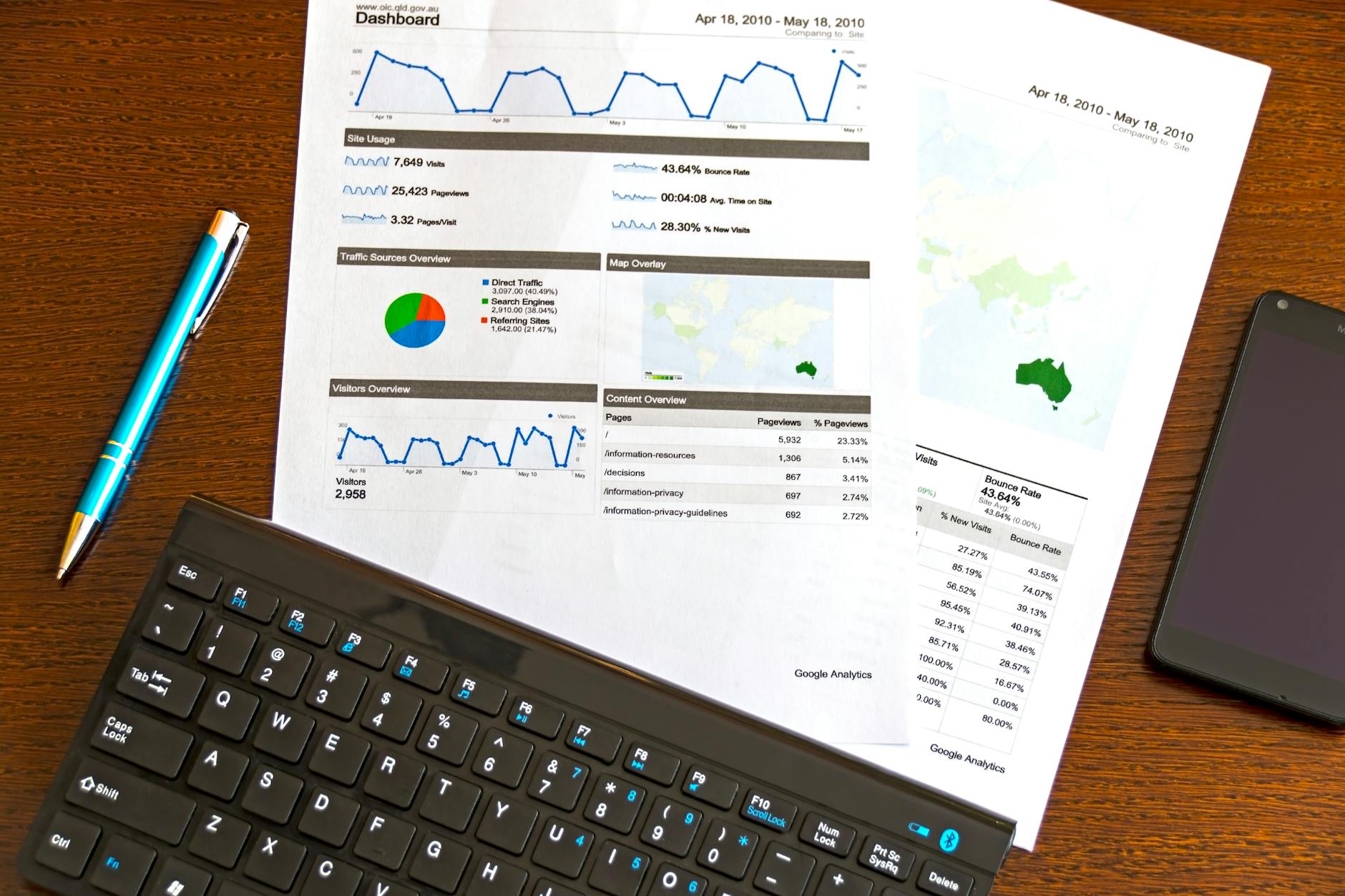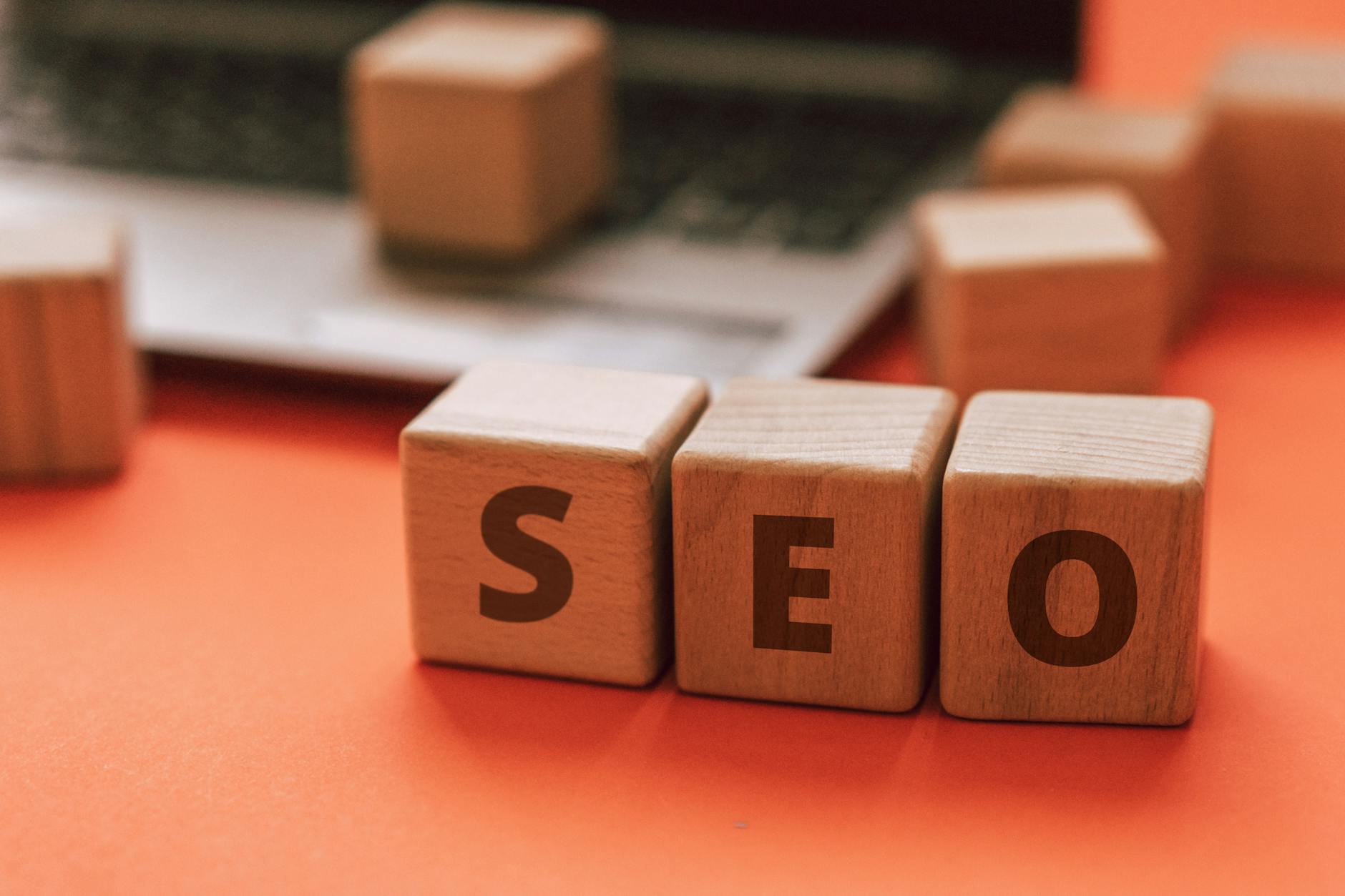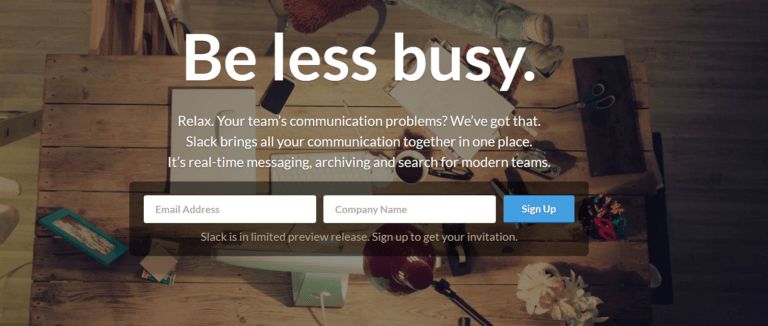Have you heard the term ‘vibe marketing’? It’s a trending buzzword in 2025, signalling a fresh shift in the marketing landscape.
Vibe marketing, inspired by the buzz around vibe coding, is emerging as the game changer of 2025 and is rapidly transforming how brands show up. Just as developers prompt AI and instantly watch code come to life (Thanks to @boringmarketer), marketers can now define the tone of a campaign, for example, ‘chill eco-warrior meets urban hustle’—and watch AI bring that vibe to life, seamlessly and at scale.
According to recent data, companies adopting VIBE Marketing principles are seeing 70% cost reductions while simultaneously increasing campaign performance by 35%. Greg Isenberg (@gregisenberg) recently shared, “A single marketer with the right AI stack just replaced what used to require a 12-person marketing team. This isn’t the future. It’s happening today.”
In simple terms, vibe marketing refers to the utilisation of AI as the primary engine of the marketing workflow, wherein the marketer incorporates their expertise and aesthetic sensibilities to create exceptional marketing materials and software. So AI is doing a lot of the execution. It’s doing a lot of the writing, coding, all of that. And we’re adding our inputs a bit to perfect the outcome.
What is Vibe Marketing
Let’s begin with the origin of vibe marketing. You might be familiar with vibe coding, where developers use AI copilots to write, review, and optimise code in real time. What once took months now happens in minutes. This concept forms the foundation of vibe marketing, the idea that when marketers start thinking and operating like AI-native teams, they can harness AI tools not only to accelerate their work but to completely reimagine how that work is done. The aim is to get results faster, reduce lag time, eliminate bottlenecks, and allow creativity to flow without being held up by multiple departments. Vibe marketing brings that same momentum to demand generation, product marketing, content teams, growth teams, and beyond.
Benefits Of Vibe Marketing
Here are some key benefits of vibe marketing that traditional marketing methods simply can’t match:
1. Dramatic Speed Acceleration: This helps to launch entire campaigns in hours rather than weeks, completing tasks that once took a full quarter. A new way in marketing.
2. Massive Cost Efficiency: Replace $500K+ in annual salaries with a fraction of that in software subscriptions. Some businesses report a 70–80% reduction in marketing overhead.
3. Superhuman Testing Capacity: Identify winning combinations faster than any human team could by testing hundreds of variations at once instead of using basic A/B tests. Which also needs time before we can have the results.
4. Unlimited Channel Coverage: Avoid having to hire more staff to maintain a consistent presence across all relevant platforms
5. Reduce Overall Workload: Eliminate waiting for the analytics, copywriter, or designer, and get to the bottom of the execution immediately.
How Vibe Marketing Can Help Businesses Grow
1. Determine Which Frequent Tasks Can Be Automated:
Examine your present marketing procedure and consider what time-consuming tasks could be automated.
Writing different ad text, planning social media posts, creating product descriptions, A/B testing emails or landing pages, and examining performance reports are typical examples.
Choose a task and test an automation tool such as Chatgpt, Gemini, or others. AI doesn’t have to be used for everything at once.
2. Discover How to Utilise AI Tools
Start with simple-to-use tools that don’t require technological expertise. Some great entrance points include using Chatgpt to generate ideas, write email subject lines, or write ad text.
For automated Google Ads campaigns, use Google Ads Performance Max. Choose a tool, get to know it, and then use it on an actual campaign. Spend some time learning effective prompting techniques as well.
The AI will produce greater results if you provide better prompts. Give context, be detailed, and don’t be scared to try new things. Modern marketing has prompted a new necessary skill, and the more you practice, the better the outcomes will be.
3. Treat AI Like a Creative Partner, Not a Replacement
You remain in control, but the AI supports the creation of ideas and content while you direct the strategy and make sure the messaging aligns with your brand. Provide clear instructions, evaluate and adjust AI-generated outputs, and use your marketing knowledge to determine what is worth testing.
The best outcomes are achieved when your experience is combined with AI’s speed and scale.
4. Discover How to Use AI Agents and MCP
Server Model Context Protocol (MCP) servers are specialised systems designed to enable AI tools to connect with various platforms, such as file storage, databases, and applications. Think of them as intermediaries that streamline AI’s ability to interact with other technologies through a simple, unified connection. In marketing, these servers allow AI agents to link with tools like analytics platforms, email marketing software, and CRMS. This means that AI can manage campaigns, generate personalised content, access real-time data, and monitor performance, all without the need for manual setup.
The Three Main Pillars of Vibe Marketing
These pillars are not an overnight shift. In 2025, three converging trends reached a tipping point, resulting in this outcome:
The Marketing Maturity of AI:
AI has evolved far beyond basic chatbots and predictive analytics. Today, AI can create engaging content, design images, optimise ad spend, and even develop strategies based on real-time data. With tools like Phantom Buster, Jasper, and Mosaic, marketers can now offload repetitive tasks to AI and focus on more complex, creative endeavours.
The Legacy of Vibe Coding:
Automating tasks has become more accessible thanks to the same tools that transformed software development: Replit, Bolt, and Lovable. Without a coding background, non-engineers may now create unique workflows and micro-tools to suit their requirements. Marketing has benefited from this accessibility, which allows for quick experimentation without the overhead of a conventional IT stack.
Declining Costs
In the past, developing custom software required months of work and tens of thousands of dollars. These days, a marketer can put together a custom system in a matter of hours or days for a fraction of the cost, thanks to platforms like Make, Zapier, and n8n. Since the entry barrier has fallen, both startups and solopreneurs now face equal opportunities.
The Future of Vibe Marketing
Complex marketing jobs can now be handled by AI. Even marketers who are not technical can easily employ automation solutions. Additionally, creating unique solutions is no longer expensive.
Imagine a campaign where, in response to live performance, it modifies its messaging and targets and reallocates cash without any human intervention. It’s closer than it seems, and that’s what vibe marketing promises.




